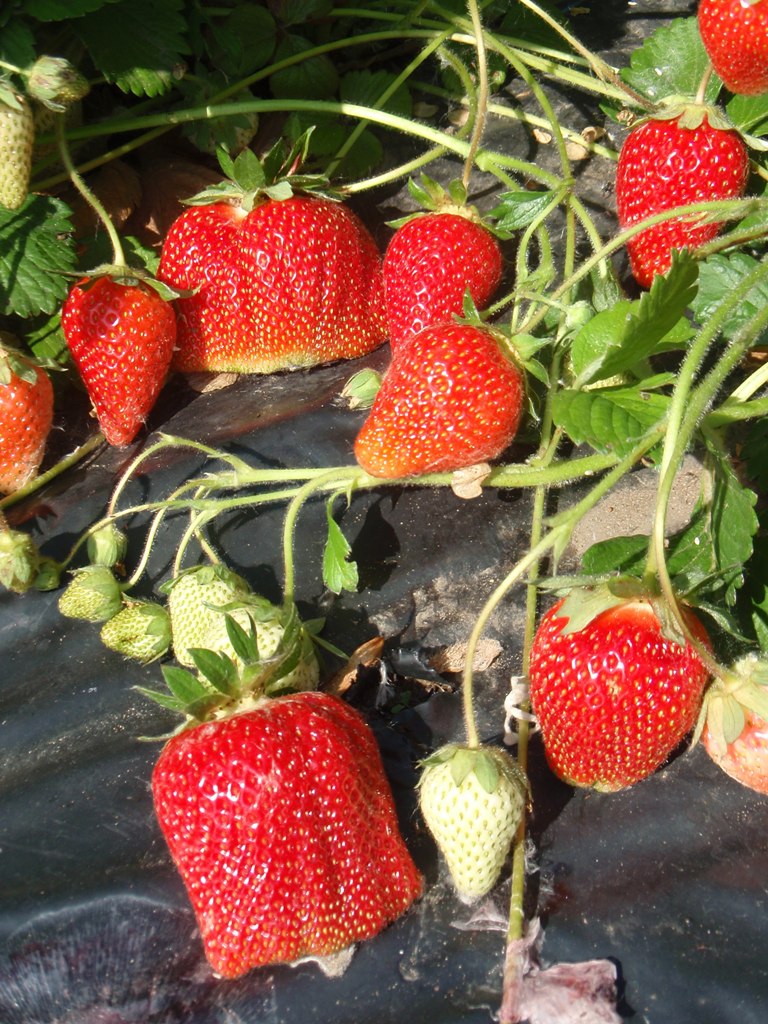The present situation of cultivar innovation and cultivar use of strawberry
7. The present situation of cultivar innovation and cultivar use of strawberry
Author: Szilvia Kovács
7.1.History of breeding, major breeding centers
European strawberry breeding started in the 19th century in England. The principles of cross-breeding were developed at that time, and the new cultivars were grown not only in England but in the Netherlands and in Germany as well. From the second part of the 19th century, strawberry breeding was carried out in more European countries. The Dutch variety ‘Ananas’ was the first representative of the breeding intention to create large-fruited cultivars. Breeding programs started in the middle of the 20th century in France (‘Princesse Royale’), in Scotland (‘Auchincruive Climax’), in England (‘Cambridge’), in Germany (Senga-series) and in the Netherlands (‘Gorella’). Beside prestigious breeding centers, successful work is carried out at the end of the 20th century in Spain and in Italy as well. Primarily the aim in European breeding centers is to create short-day cultivars with an outstanding fruit quality, good disease resistance and adaptability. Breeding of everbearing and day-neutral cultivars is carried out in France and in England.
Strawberry breeding started in the USA as well in the first part of the 19th century. First crossed were made between cultivars imported from Europe and American wild species. Today’s most significant breeding centers work in California (state-owned and private breeding companies) as well as in Maryland (Beltsville) and in Oregon (Cornvallis) in USDA-ARS program centers. The Californian center targets to create short-day and day-neutral cultivars with good adaptability, large fruit and high yield. In Maryland, breeders work for cultivars resistant against the pathogen Phytophthora fragariae, while in Oregon the aim is to breed cultivars for fresh market and processing which are very good for shipping. Successful breeding work is carried out also in a number of states of the USA.
Other major breeding centers can be found in Canada, where large-fruited, firm-fleshed, bright skin, Phytophtora resistant cultivars are bred, as well as cultivars with favourable nutritional values, excellent for pocessing. In Japan, the aim is to breed large-fruited dessert cultivars.
7.2. Aims and methods of breeding
Major aims of strawberry breeding:
-
parameters taken into account while improving fruit quality: fruit shape, skin and flesh colour, skin glossiness, flesh firmness (transportability), nutritional values according to utilization (acid, sugar and vitamin C content), pedicel length, adherence of calix,
-
increasing adaptability: cold need, frost tolerance (winter and spring frosts), heat and drought tolerance, tolerance of a higher salt and lime content in the soil,
-
sensitivity to day-length changes,
-
early flowering time and harvest (there is a correlation between the time of flowering and the time of harvest),
-
suitability to machine harvest: concentrated ripening, firm flesh texture,
-
increasing fruitfulness (e.g. larger fruit size, more inflorescences, less flowers per inflorescence),
-
resistance against pathogenes and pests ( Phytophtora fragariae, Phytophtora cactorum, Verticillium dahlia, Verticillium albo-atrum; Botrytis cinerea; Diplocarpon, Micosphaerella leaf spots, strawberry powdery mildew; viral diseases; aphids, mites…)
Breeding methods used for creating strawberry cultivars:
-
cross-breeding (the most common way of creating new cultivars),
-
clonal selection (cultivar maintenance),
-
naturalization (dominant in today’s strawberry growing, widening the cultivar assortment from areas with similar climatic conditions).
7.3. Genetic sources of breeding
Among strawberry species, woodland strawberry (Fragaria vesca L.) was the first to be involved in cultivation. A number of variants of this species were known already in the 16th century, which differed from each other in flower colour and size, leaf shape, number of stolons and time of fruit bearing. Cultivation of musk strawberry (Fragaria moschata Duch.) started at the end of the 18th century. Its cultivars have outstanding taste and specific flavor, but a low yield, thus could not become commonly grown.
Virginia strawberry (Fragaria virginiana Duch.) and Chilean strawberry (Fragaria chiloënsis Duch.) got to Europe from North America in the 17th century. Virginia strawberry soon became popular with its large, tasty, nicely coloured fruits. However, individuals of Chilean strawberry produced a satisfactory yield only when grown together with Fragaria virginiana and Fragaria moschata species.Fragaria x ananassa Duch, the ancestor of the strawberry cultivated today, developed from the crossing of speciesFragaria virginiana and Fragaria chiloënsis, which were planted together and mutually fertilized each other.While breeders work practically with cultivars of only Fragaria x ananassa in the world, breeders in Chile breed cultivars of Fragaria chiloë nsis.
Evaluation and involvement into breeding work of many wild species started in recent years to reach today’s breeding aims. According to examinations, Fragaria chiloënsis and Fragaria virginiana can be used well for improving fruit quality. Fragaria vesca well tolerates high summer temperatures, which is combined with an outstanding aroma and disease resistance (strawberry powdery mildew,Verticillium, Phytophtora cactorum). Species Fragaria nilgerrensis Schlect., Fragaria iinumae, Fragaria moschata andFragaria pentaphylla Losinsk. can also be used well in resistance breeding. Fragaria iinumae Makino, Fragaria vesca and Fragaria nipponica Makino have an outstanding frost tolerance, while Fragaria viridis tolerate limy soils well.
There are diploid, tetraploid, hexaploid and octoploid strawberry species.
7.4. Cultivar use
Three main groups of strawberry cultivars are distinguished: “short-day” (once-bearing), “everbearing” and “day-neutral”. From economic aspects, once-bearing short-day cultivars are the most significant. They need shortening day-lengths (an illumination shorter than 12-14 hours) and temperature decrease for bud differentiation. After rest period they produce flowers and fruits. Worldwide common cultivars in coutries with cold winter are ‘Honeoye’, ‘Earliglow’ and ‘Elsanta’, while in the Mediterranean region ‘Camarosa’ and ‘Ventana’ with their short rest period.
After the first, main fruit-bearing period in May-June, “everbearing” cultivars launch a second flowering at the end of summer, and a third one in warm habitats. Day-length decrease is not required for their bud differentiation. They role in cultivation is not so important as that of short-day varieties. Examples to this group are the following cultivars: Driscoll-series, created in the USA (Driscoll Strawberry Associates, Inc, Watsonville), or the English ‘Evie 2’, ‘Calypso’, ‘Flamenco’, ‘Finesse’, ‘Malling Opal’, ‘Malling Pearl’.
Bud differentiation of day-neutral cultivars does not depend on day-length changes either. Temperatures below 32 °C are necessary for a continuous flowering and fruiting. If the temperature is over this value, bud differentiation stops and continues only if climatic conditions are favourable again. Optimally, their harvest time is continuous and very long (4-5-6 months). Cultivars have usually medium size fruits and their fruitfulness is also below that short-day cultivars. Most important examples are ‘Selva’, ‘Seascape’, ‘Tribute’, ‘Tristar’ bred in the USA.
7.5. Aspects of cultivar selection
Strawberry cultivar selection depends on the utilization purpose and the cultivation technology to be used. In fresh consumption, appearance characteristics are determining from the point of view of consumers, such as regular conical fruit shape, large fruit size, bright dark red or light red skin colour and a firm flesh consistency. For industrial processing, namely deep-freezing, those cultivars are used, where the calix is easy to remove, which are uniform in size and shape, have an intense bright red colour and a firm flesh texture. It is important that they shoud keep colour and flesh texture for as much after defrosting as possible. Cultivars rich in flavour, scent, aroma and colour materials should be chosen for jam, syrup, yoghurt and ice cream production.
From the point of view of the grower, the following features are important: earliness (mainly in forced cultures), high fruitfulness, resistance against pests (e.g. strawberry mite) and diseases (e.g. leaf diseases, Botrytis cinerea). A different cultivar use characterizes the one-season plantations with intensive cultivation technology (high need of water and nutrients, high yield, cultivars with attractive fruits, the roots are usually susceptible to Phytophtora), or multiannual cultures (roots less susceptible to Phytophtora, good ecological adaptability).
7.6. Cultivars which can be recommended for planting
The cultivar structure of strawberry is continuously changing. New cultivars appear beside old, established cultivars, which adjust to changed consumer and processing needs. New varieties with high commercial value have an even better adaptability and disease resistance. Currently grown strawberry cultivars are highly self-fertile. Bee colonies placed into the orchard at the beginning of flowering can increase yield and fruit size.
Once-bearing, large-fruited strawberry cultivars
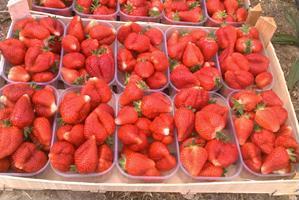
Figure 7.1.: Alba (Photo: http://www.fragaria.hr/webshop-proizvod-sadnice-jagode-alba-19-39.aspx)
Alba
Protected Italian variety, suitable for early open-field cultivation and forcing. Ripens 7-10 days before ‘Elsanta’. Its large, tasty, bright light red fruits are characterized by a uniform shape and size (Figure 7.1.). Highly vigorous. High-yielding, suitable for intensive cultivation. Has a good resistance against soil fungi causing rhizome decay and against leaf diseases. Can be recommended for organic farming. Frost damage may occur because of its early flowering, needs planting to protected sites.
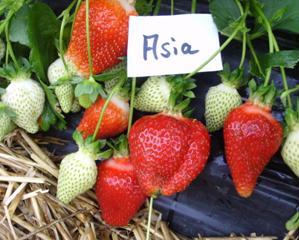
Figure 7.2.: Asia (Photo: http://www.pob-obstbauberatung.de/content/erdbeeren)
Asia
Italian cultivar, siutable for early open-field cultivation, fresh market sale. The fruits are large, uniform, showy. Fruit shape is conical, bright red, has an outstanding flesh firmness, tasty (Figure 7.2.). Has a high fruitfulness. Highly vigorous. Its Hungarian growing experiences are promising.
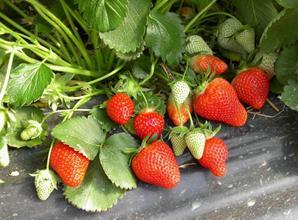
Figure 7.3.: Clery (Photo: http://www.mazzonigroup.com/vivai_prodotti.htm?v_lingua=ENG&v_categ_lista=VI000-VI004-VI404-VICLE )
Clery
Protected Italian variety. Can be recommended for early open-field cultivation, forcing. Starts ripening 7-10 days before ‘Elsanta’. High-yielding, the ripening is more concentrated. The fruits are medium large-large, regular conical, dark red, very tasty (Figure 7.3.). Recommended for intensive conditions. Has a good resistance against soil fungi causing rhizome decay and against leaf diseases. Can be recommended for organic farming. Frost damage may occur because of its early flowering (habitat!).
Figure 7.4.: Roxana (Photo: Szilvia Kovács)
Roxana
Protected Italian variety, suitable for open-field cultivation and forcing. Recommended for replacing ‘Elsanta’. The fruits are large, showy, light red (Figure 7.4.). Highly vigorous and high-yielding. Outstandingly resistant against fungal diseases.
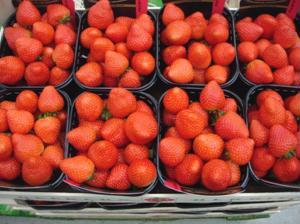
Figure 7.5.: Sonata (Photo: http://www.fragariaholland.nl/ervaringen_en.htm)
Sonata
Dutch cultivar. Medium-early (starts ripening 1-2 days after ‘Elsanta’), the ripening is long, suitable mainly for fresh market. Its fruits are large, showy, flavoured, have a bright, orange red colour, firm flesh, ships well (Figure 7.5.). Does not have a tendency to bear small fruits, high-yielding. Requires an intensive cultivation technology. Susceptible to Phytophtora.
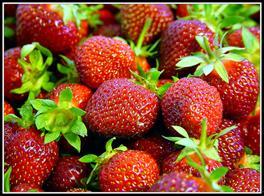
Figure 7.6.: Camarosa (Photo: http://www.greenhand-eg.com/otherpro_eng.html)
Camarosa
It was bred in the University of California. Highly popular in the Mediterranean region all over the world. It has an outstanding fruit quality and fruitfulness, good for shipping and has a long shelf-life. Suitable for fresh market and processing as well. Its fruits are large, elongated, bright red, tasty (Figure 17.6.). The plant is moderately-highly vigorous. Moderately susceptible to strawberry powdery mildew, resistant against red spider mite.
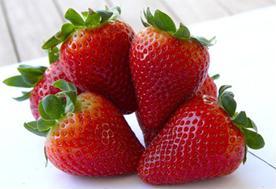
Figure 7.7.: Splendor (Photo: http://www.splendor.es/en/index.shtml )
Splendor
This cultivar is the result of the joint work of Californian and Spanish breeding centers. A promising early strawberry cultivar of the Mediterranean region. Its fruit characteristics are similar to those of ‘Camarosa’: medium large-large, uniform size, elongated shape, bright red colour (Figure 7.7.). Its specific, outstandingly flavored fruits can be transported very well, their shelf life is excellent. The plant is moderately vigorous. Its fruitfulness is higher than that of ‘Camarosa’. Tolerant to strawberry powdery mildew, Botrytis fruit rot and red spider mite.
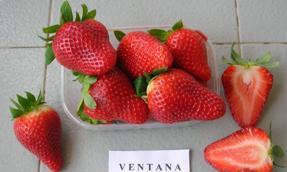
Figure 7.8.: Ventana (Photo: www.bordeaux.inra.fr)
Ventana
Bred in California, it is an excellent strawberry cultivar of the Mediterranean region. It is very similar to ‘Camarosa’ in its appearance and growth characteristics, but has a higher fruitfulness. Fruits are very large, regular elongated in shape, the flesh is firm, bright red, tasty (Figure 7.8.). Excellent for fresh consumption and for processing as well. The plant is highly vigorous with a loose structure. Slightly susceptible to leaf diseases and Verticillium wilt of strawberry. Resistant against strawberry powdery mildew and Phytophtora.
Day-neutral and “everbearing” strawberry cultivars
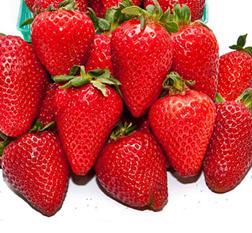
Figure 7.9.: Albion (Photo: http://www.lecooke.com/Images/Berries_&_Vegetables/Strawberries/Albion-Strawberry%28RGB%29.pdf)
Albion
Day-neutral strawberry cultivar of the University of California. Suitable for fresh market and processing as well. Belongs to the early-ripening group. Its large fruits have a regular conical shape, their skin and flesh are dark red (Figure 7.9.). Characterized by a firm flesh texture and an excellent taste. It has a high fruitfulness, does not have a tendency to bear small fruits. The plant is large, vigorous, loose. Resistant against pathogens causing rhizome decay (Verticillium dahliae, Phytophtora cactorum), resists well to Colletotrichum acutatum and tolerant to Tetranychus urticae.
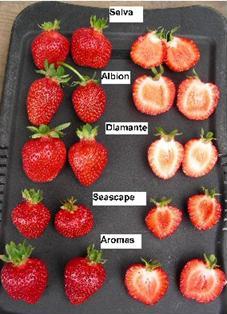
7.10. ábra: Aromas (Fotó: http://www.inspection.gc.ca/english/plaveg/pbrpov/cropreport/str/app00005074e.shtml)
Aromas
Early, day-neutral strawberry cultivar bred at the University of California (Figure 7.10.). Its fruit is larger, its fruitfulness is higher than those of ‘Seascape’. Bright, dark red, tasty, firm-fleshed (Figure 7.10.). Moderately vigorous, easy to harvest. Adapts well to environmental conditions. Not susceptible to strawberry powdery mildew and tolerant to Tetranychus urticae.
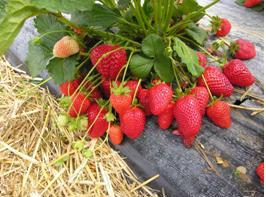
Figure 7.11. Diamante (Fotó: http://www.bordeaux.inra.fr/eustrawberrydb/uploads/images/ITA380/ITA380-CRA-FRF-Diamante-Fruit.jpg )
Diamante
Early, day-neutral strawberry cultivar bred at the University of California. The fruits are large, elongated, red, firm-fleshed, tasty (Figure 7.11.). The plant is moderately vigorous, medium dense. Tolerant to strawberry powdery mildew and Tetranychus urticae, but susceptible to Phytophtora.
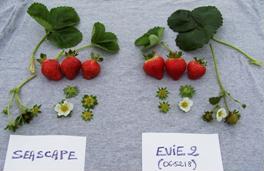
Figure 7.12.: Evie 2 (Photo: http://www.inspection.gc.ca/english/plaveg/pbrpov/cropreport/str/app00006055e.shtml)
Evie 2
Protected, medium-ripening, “everbearing” English cultivar. Its fruitfulness is high, less susceptible to high summer temperatures. The fruits are red, tasty, moderately firm-fleshed (Figure 7.12.). Fruit size does not change significantly during ripening. The plant is highly vigorous, compact. Well resists Botrytis fruit rot and strawberry powdery mildew, but susceptible to pathogens causing leaf spot.
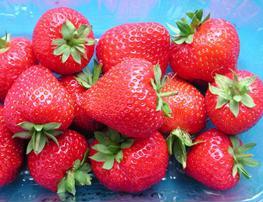
Figure 7.13.: Finesse (Photo: http://www.meiosis.co.uk/fruit/finesse.htm)
Finesse
“Everbearing” strawberry cultivar bred in East Malling. The fruits are very pleasing, have a uniform size, bright, orange red-red, very tasty (Figure 7.13.). Its fruits have a long shelf-life. The plant is highly vigorous with a good fruitfulness. Fast and easy to harvest. Resistant against strawberry powdery mildew and pathogens causing rhizome decay.
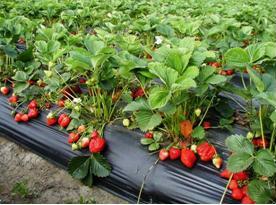
7.14. Seascape (Fotó: http://shop.sakumabros.com/seascape-strawberry-plant.aspx)
Seascape
Day-neutral cultivar of the University of California, popular all over the world. The fruits are bright red, tasty, medium large, elongated, symmetric (Figure 17.14.). High-yielding. Resists well to viral diseases, but susceptible to pathogens causing leaf spot.
Control questions:
-
Where can we find today’s major strawberry breeding centers?
-
Describe the main targets of strawberry breeding and its methods!
-
Which species were and are used to create strawberry cultivars?
-
Describe the strawberry cultivar use of the Mediterranean region!
-
Recommend once-bearing strawberry cultivars for plantations!
-
Recommend everbearing and day-neutral strawberry cultivars for plantations!
Literature:
-
Anonym. 2006. Beschreibe Sortenliste. Himbeere, Brombeere. Bundessortenamt, Hannover.
-
Dénes F. 2001. Málna, szeder, szedermálna. (Raspberry, blackberry, tayberry) In. Tóth M. (szerk.) Gyümölcsészet. Nyíregyháza. Primom Vállalkozásélénkítő Alapítvány, Nyíregyháza. 354-376.
-
Finn C., Knight V. H. 2002. What’s going on in the World of Rubus breeding? Proceedings of the Eighth International Rubus Ribes Symposium.Scotland. Acta Horticulturae. 585:31-38.
-
Hancock J. F., Sjulin T. M., Lobos G. A., 2008. Strawberries. In. Hancock J. F. (szerk.) Temperate fruit crop breeding. Germplasm to genomics. 393-437.
-
Mohácsi M., Porpáczy A., Kollányi L., Szilágyi K. 1965. Szamóca, málna, szeder. (Strawberry, raspberry, blackberry) Mezőgazdasági Kiadó, Budapest.
-
Simon, 2009. Szamóca (Strawberry). In. Tóth M. (editor) Gyümölcsfaj- és fajtaismeret. Egyetemi jegyzet. Budapesti Corvinus Egyetem, Kertészettudományi Kar. Budapest. 183-197.
-
http://www.lassencanyonnursery.com/index.php?option=com_content&view=article&id=28&Itemid=32
-
http://www.inspection.gc.ca/english/plaveg/pbrpov/cropreport/stre.shtml
